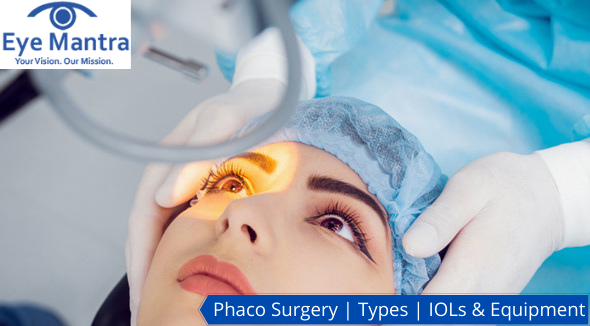Contents
What Is Phaco Surgery?
In earlier days, cataract surgery used to be carried out with an incision of about 8.0 to 10.0 mm in length. The removal of the cataract for performed through the incision and an intraocular lens was implanted. As time has evolved, doctors have adopted a new technique for performing phaco surgery. It has become a quite preferred method to get the cataract removed.
During Phaco Surgery, a cataract is broken into small pieces and removed from the eye. A tiny incision is made in the eye to insert a Phaco needle through the opening. The size of the incision is between 2.5 to 2.8 mm only. It is done by using ultrasound with the help of special phaco equipment.
By sending energy via the tip of the Phaco needle, the cataract lens gets dissolved and is sucked out with the help of the needle itself. During Phaco Surgery, the cataract is removed but most of the thin outer membrane of the lens, called the lens capsule, is left in place. The incision is made on a side of the cornea (the clear outer covering of the eye). The needle emits ultrasound waves that soften and break up the lens into little pieces so it can be suctioned out.
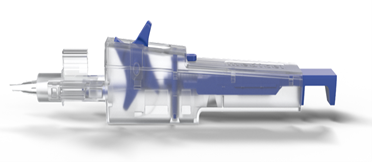
An artificial lens called a Foldable Intra-Ocular Lens is injected inside through this small opening. Once inserted into the eye, it opens up and replaces the original lens. Since the opening incision has been made very small, it self-seals, and no sutures are required to close the wound. It would be a very rare case when a single stitch may be needed.
Types Of Lenses Used For Phaco Surgery
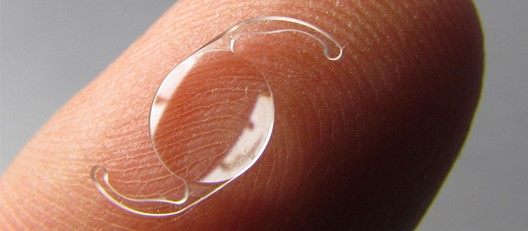
Once the ophthalmologist has removed the natural lens, it is, generally, replaced with a clear plastic lens called an Intra-Ocular Lens (IOL). The IOL is placed in the lens capsule. The artificial lens can focus light on the retina of the eye and improve sight.
IOLs have 3 basic forms: Monofocal, Astigmatic (or Toric), and Multifocal lenses.
Monofocal Lenses
The most commonly implanted lenses are Monofocal Lenses. They have the same power throughout all areas of the lens. They may have a fixed focus or allow for changes.
- Fixed Focus Monofocal IOLs: These lenses can provide exceptional distance vision. However, as these lenses have a fixed focus set for distant vision, you may require reading glasses for good near vision.
- Accommodating Monofocal IOLs are a relatively new lens option. They can be used for patients who want both good distance and near vision. However, they can shift from focusing on distant objects to focusing on nearby ones by physically moving inside the eye in response to the focusing movement of the eye muscles.
Astigmatic (Toric) Lenses
Astigmatism has an irregularity in the curvature of the front surface of the eye, the cornea, or the lens inside the eye. Due to this, part of an image gets blurred Astigmatic IOLs to hold astigmatism correction in them. They can be used for patients who have a lot of astigmatisms and wish to reduce them.
Multifocal IOLs
These are similar to bifocal eyeglasses. Though, in such IOLs, several areas have different powers. This allows individuals to see objects clearly at distant, intermediate, and nearby distances. However, such multifocal lenses are not advisable for everyone. For some individuals, they may create more difficulties with night vision and glare than monofocal IOL lenses.
The type of IOL implant that will work best for you will depend on your current vision status, the problems, your vision, and lifestyle needs.
An ophthalmologist and cataract surgeon would be able to advise the most suitable lens implant for you.
Regular Phaco Surgery For Cataract
It is a technique of Phaco-emulsification Surgery wherein the cataract is emulsified using ultrasound. The incision size is approximately 3.0 mm long.
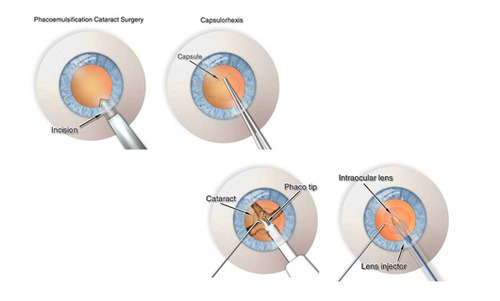
IOL Options Under Regular Phaco
Lenses used in Regular Phaco are slightly firm. Therefore, the incision size required is somewhat longer at 3.0 mm so that the lens can be inserted. Following is the list of the IOLs that are used for Regular Phaco:
Micro Phaco Cataract Surgery
The technique where the cataract lens is dissolved and aspirated through a 2.2 mm, or even less, micro-incision. A special super soft IOL is inserted through the same, without requiring it to be enlarged at this stage. So you can say, the incision in the Microphaco technique is much smaller than the incision in a Regular Phaco technique.
The smaller incision enables high-quality and minimal invasion during surgery, better results, and less disruption of tissue. The entire procedure improves the stability of the wound, hence ensuring faster recovery.

Advantages of opting for Micro-Phaco are:
- Micro-incision
- No stitches
- Walk-in- Walk-out Surgery
- Quicker recovery
- Reduced need for glasses
IOL Options Under Micro Phaco
Lenses used in Micro Phaco surgery are soft lenses that can easily go through a micro-incision of 2.2 mm.
Cylinder Correction With Phaco Cataract Surgery
Cylindrical also means a three-dimensional optical defect. A lot of times cylinders may have an optical defect, generally termed as Regular Astigmatism in professionals’ language. It is an eye defect that causes Visual Blurring that cannot be corrected by a single spherical glass. Astigmatism requires the correction of the “cylindrical” or glass cylinder, a toric lens, or a toric implant. It is a completely operable defect.
Astigmatism is quite common before and after cataract surgery. Almost one-third of the cataract surgeries performed have at least 1.0 diopter (D) of astigmatism. This causes noticeably blurred vision without eyeglasses or contact lenses.
This condition occurs due to unequal curvatures of the cornea and the crystalline lens, decentration or tilting of the lens, or unequal refractive indices across the crystalline lens, and in some cases, alterations of the geometry of the posterior pole.
We discuss here the case of Cylindrical Defocus which corresponds to irregular astigmatism regular that cannot be corrected by glasses. It only corresponds to all the optical aberrations of a high degree that are correctable by surgery.
Lenses For Correcting Cylinder Defect
The cylinder defect can be corrected by Phaco Cataract Surgery in two ways. During Phaco Surgery a toric IOL may be used to correct astigmatism when a cataract is removed: Because this IOL is put securely inside the eye, it can provide a more durable correction of astigmatism than a toric contact lens, which moves on the surface of the eye with each blink.
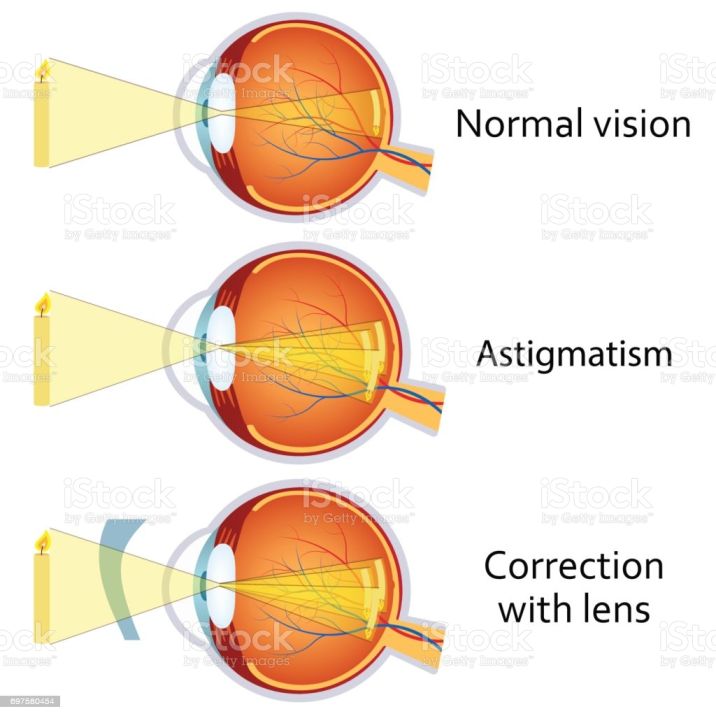
- Toric Lenses with Manual Marking: The toric IOL can be aligned at the intended axis by several methods. Most of these use a 3-step ink-marking procedure and are performed manually. Researches showed an average error of 5% in toric IOL alignment when working manually.
- Toric Lenses with VERSION Digital Axis Marking Tools: Two new tools have been introduced to the market. These are the VERSION Measurement Module and VERSION Digital Marker.
These tools integrate digital guidance for the alignment of toric IOLs, with a manual assessment. They have the potential to reduce the error in horizontal axis marking and the alignment axis marking error. This will lead to a much better result in vision.
[video_lightbox_youtube video_id=”fZ35Xc2wggw” width=”1200″ height=”800″ auto_thumb=”1″]
You must visit an eye specialist so that she can understand the difficulties you are facing. She will be able to judge better the appropriateness or risks of a procedure for you. To know more, please visit our website. Or you can email us on [email protected].
Our other services include Cataract Surgery, Specs Removal, Retina Surgery, and many more.
To book an appointment or answer a quick query, call at +91-9711115191.
You may also check:

